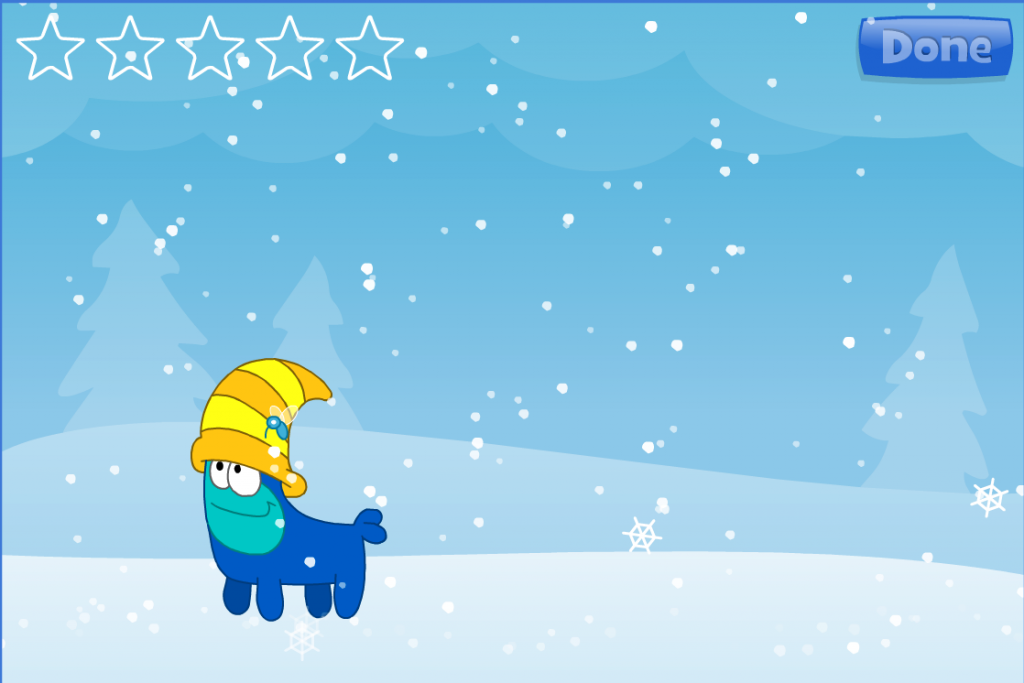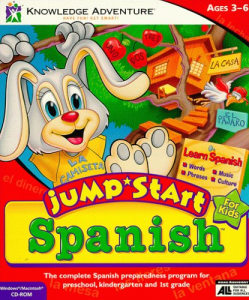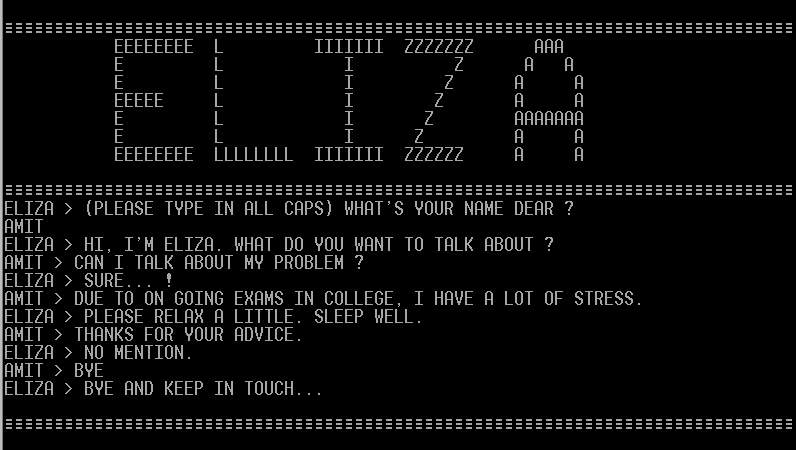Since I’m using Mario as a sort of model for my project, since it is the game that made platformers what they are, I wanted to discuss Mario. I wanted to then compare it to another similar game, and since Mario is a professionally made game it seemed unfair to compare it to an indie game. The original Mario Bros game was released in 1983, so I decided to compare it to Zelda II:The Adventure of Link (released in ’87) since it’s also a platformer developed by Nintendo in a similar time period.
Both the original Mario game and the second Zelda game were created by Shigeru Miyamoto, Miyamoto designing the former and producing the latter. Mario originally came from the game Donkey Kong. Mario, while it was original at the time, has become sort of the standard model for platformer games. Zelda II was completely different – while it is still essentially a platformer, the original Zelda was not, where instead you looked down from above (a top-down game like in Pokemon). Because of all the changes to the game – most notably how it was a side-scroller, included “lives” similar games like Mario and Sonic, and the inclusion of experience points – it ended up being not particularly well-received.
While I’ve played the original Mario, I’ve never played the second Zelda game. However, I do admire the risks they took in changing the Zelda series so drastically. Because of the reaction these changes wouldn’t stick, but I still found their bold choices to be inspiring. I also happen to prefer side-scrolling games to top-down, so I may be a little biased.
Mario, while again very “typical” of platformers, is still extremely fun and extremely difficult. While the gameplay, like all early 8-bit games, is rather simplistic, it’s still a very hard game to beat. There’s no ability to save, you can’t go back once you’ve left a certain area, and there’s a ton of levels that increase in difficulty. It’s quite impressive to me to see that this game completely stood the test of time. Sure, new Mario games are fun, but I think that the original is the best designed out of the ones I’ve played – I usually only play the later games because they’re easier to beat and I’m terrible at video games.
![[OLD – FALL 2016] 15-104 • COMPUTING for CREATIVE PRACTICE](../../wp-content/uploads/2020/08/stop-banner.png)



 Typatone screenshot
Typatone screenshot